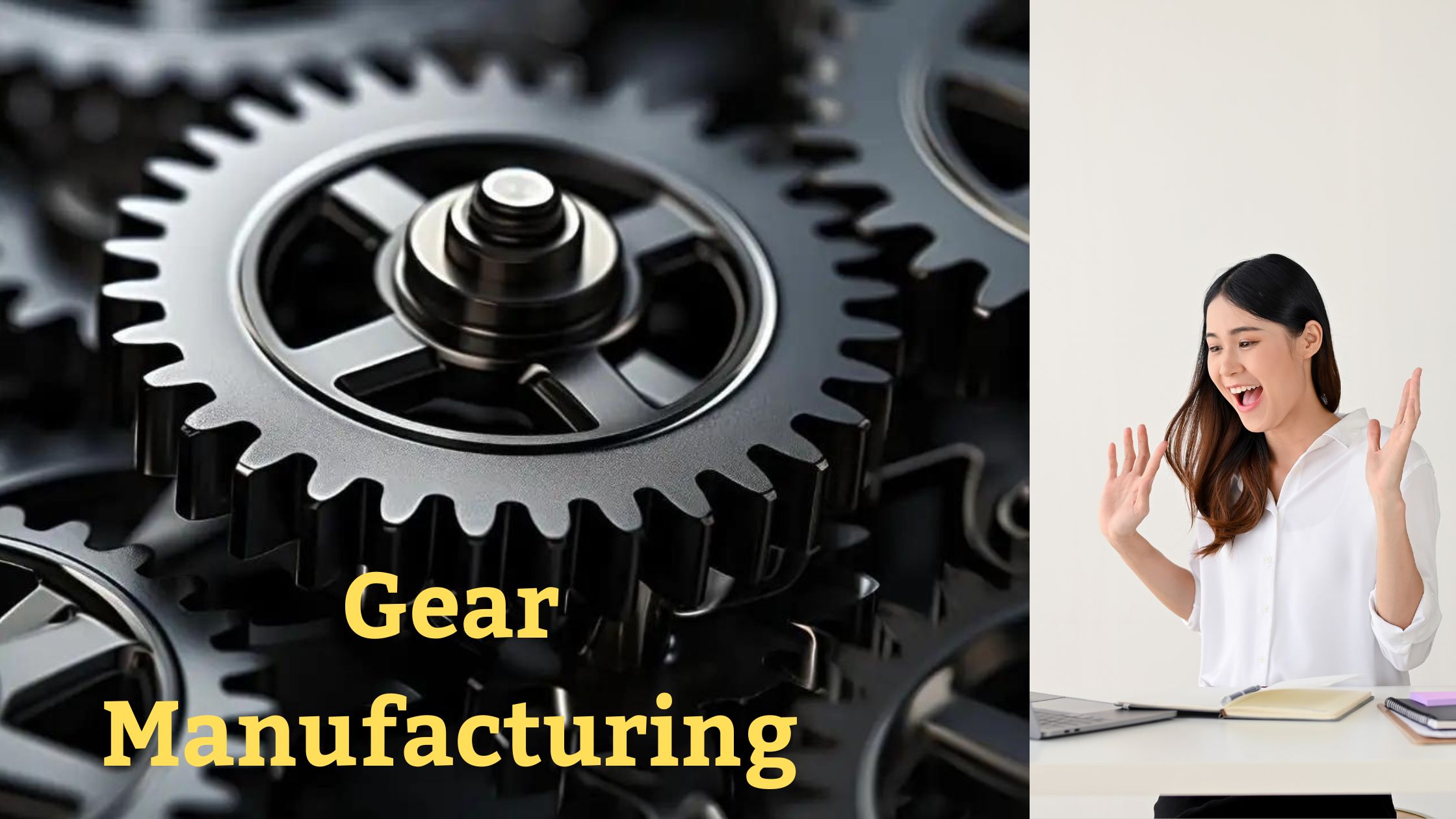Have you ever thought about the tiny parts that make our world go round? The technology we use, from our cars to the robots in factories, depends on gear manufacturing. This field combines innovation with careful craftsmanship. Precision engineering is key here, not just a plus.
High-quality gears are crucial for reliability and performance in many fields. These include the automotive, aerospace, and robotics industries. Let’s explore how precision engineering and custom gear design improve gear manufacturing. We’ll see why they’re vital for specific needs.

Understanding Gear Manufacturing Processes
The gear manufacturing process is complex and crucial for making high-quality gears. It involves several key steps that ensure the gears work perfectly. These steps are why precision is so important in gear making. The end result is a gear that meets exacting standards and performs well.
Key Stages in Gear Production
Here are the main stages in making gears:
- Design and Engineering: First, the gear’s specs and size are planned.
- Material Selection: The right materials are chosen for the job.
- Cutting: The gear shape is made using hobbing or shaping.
- Shaping: The gear is refined for precise tooth geometry.
- Finishing: The gear is polished with grinding or surface treatments for better performance.
Importance of Precision in Gear Manufacturing
Being precise in gear making is key for optimal performance. Small errors at any stage can cause big problems. That’s why following strict standards is crucial for reliable and efficient mechanical systems.
Common Materials Used in Gear Production
Many materials are used in gear production, each with its own benefits. Here are some common ones:
- Carbon Steel: Strong and resistant to wear.
- Brass: Easy to machine and doesn’t corrode easily.
- Nylon: Light and perfect for low-load tasks.
- Advanced Composites: Tailored for special needs.
| Material | Advantages | Typical Applications |
|---|---|---|
| Carbon Steel | High strength, excellent wear resistance | Heavy machinery, automotive parts |
| Brass | Good machinability, corrosion resistant | Marine applications, valve gears |
| Nylon | Lightweight, low friction | Consumer products, small machinery |
| Advanced Composites | High performance, tailored properties | Aerospace, specialized automotive |
Types of Precision Gears in the Industry
The world of precision gears offers many options for different engineering needs. Knowing about the various types helps in choosing the right gears for certain tasks.
Spur Gears
Spur gears are simple and widely used. They have teeth that run parallel to the gear’s axis. This makes them great for moving power efficiently. Spur gears work well at high speeds and are found in many machines, cars, and conveyor belts.
Helical Gears
Helical gears have teeth that slope to the gear’s axis. This design leads to quieter and smoother gear engagement. They’re perfect for fast-moving parts in industries and cars.
Bevel and Worm Gears
Bevel and worm gears change the gear axis direction. Bevel gears help power transfer between shafts that cross each other. Worm gears are great for high ratios and small spaces. They’re used in car gears, elevators, and conveyors where space and torque matter.

| Type of Gear | Design Characteristics | Applications |
|---|---|---|
| Spur Gears | Straight teeth, parallel axis | Machinery, automotive systems, conveyors |
| Helical Gears | Teeth at an angle, smooth operation | High-speed machinery, automotive applications |
| Bevel Gears | Conical shape, intersecting shafts | Automotive differentials, plumbing |
| Worm Gears | Screw-like shape, high gear ratios | Elevators, conveyor systems |
Custom Gear Design for Unique Applications
Custom gear design meets the needs of different industries. It makes parts that work best for specific jobs, ensuring they work well. This is key in fields like the automotive, aerospace, and robotics sectors.
Tailored Solutions for Specific Industries
Every industry has its own set of challenges. Standard gears often don’t cut it. Tailored solutions improve performance by matching gears with their unique needs. For example, car gears must handle a lot of torque and high temperatures. Aerospace gears need to be light but strong.
Tailored solutions offer big benefits, like:
- Enhanced efficiency in how they work
- Reduced wear and tear on parts
- Increased longevity and reliability of gear systems
The Role of CAD in Custom Gear Design
Computer-Aided Design (CAD) is key in making custom gears. It lets engineers make detailed models and test them before production. This brings many benefits:
- Detailed visualizations of how gears work together
- Optimization of designs for better performance
- Seamless amendments based on feedback
Using advanced CAD, manufacturers can make sure their gears fit well with other systems. This leads to better efficiency, flexibility, and quality in custom gear design.
Gear Manufacturing: Precision Engineering Solutions
Gear manufacturing is key to making high-quality gears. These gears make machines work better and last longer. They help machines run smoothly and efficiently, saving time and money.
The Benefits of High-Quality Gears
Using high-quality gears means machines work well and don’t break down often. This means less money spent on repairs and less time stopped for maintenance. These gears are vital for industries that need precision and reliability.
They help businesses work better and more efficiently. By using durable gears, companies can improve productivity and keep operations running smoothly.
Challenges in Gear Manufacturing
But gear manufacturing has its challenges. Companies face rising costs for raw materials, keeping up with high production, and staying up-to-date with new technology. Overcoming these hurdles is key to staying competitive.
It’s important for companies to keep up with these challenges. Doing so helps them offer top-notch gear manufacturing services that meet customer needs.
Read More: The Future of Smart Speed Bump
Read More: High-Performance Concrete Build Business Case Value
